
CHICAGO — Amtrak trains on several routes have been cancelled after the company removed its fleet of Horizon passenger cars from service because of concerns over corrosion, raising the possibility of long-term service disruptions.
In a statement issued at 9 a.m. today (March 26, 2025), the company said, “We discovered corrosion in several Horizon railcars and, while working with the manufacturer, decided to remove the equipment from service after learning of additional areas of concern from intensive inspections of multiple cars. The removal of this equipment from service will affect services on several routes: Downeaster, Hiawatha, Borealis, and Amtrak Cascades. Some trains, such as the Downeaster, will operate with fewer cars, while other services will be provided substitute transportation until a long-term plan is developed.”
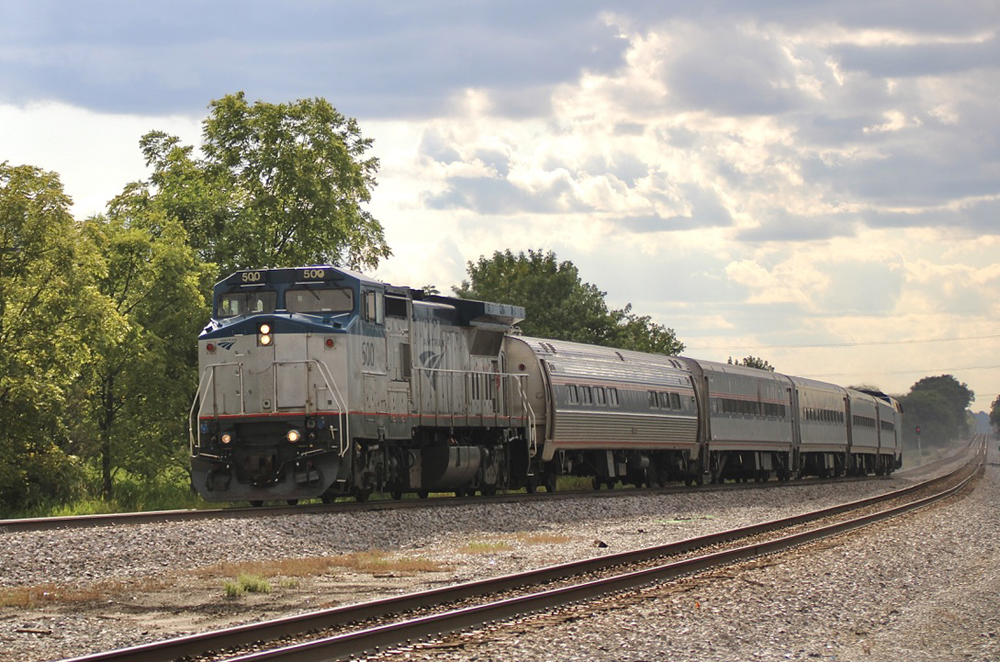
A total of 70 cars — 61 coaches and nine food-service cars — are affected. They are the active fleet from a group of 104 cars ordered from Bombardier — now part of Alstom — in 1988, with delivery completed by 1990. Those cars are based on Comet commuter rail cars built for NJ Transit and its predecessors. The key difference is that the Horizon cars have end vestibules while the commuter cars use a center door for entry and exit. (Given the similarity, and in response to an inquiry from Trains News Wire, an NJ Transit spokesman said in a statement, “Safety is always the highest priority at NJ Transit, and we have already conducted initial inspections of the Comet II equipment and have not identified any issues thus far.”)
In the Pacific Northwest, 26 cars were sidelined, leading to the cancellation of all but one of the seven daily round trips for the Cascades in the Vancouver, British Columbia-Seattle-Portland-Eugene, Ore., corridor. The single round trip continuing to operate will be a Seattle-Eugene, Ore., round trip — trains Nos. 503 and 508 — using the Cascades’ lone operable Talgo trainset; a second such Series 8 train has been sidelined since November after striking a tree during a storm. [see “Amtrak deals with Cascades mechanical woes …,” News Wire, March 24, 2025].
The Washington State Department of Transportation said in a statement that buses had been secured to substitute for the trains through March 30. Beyond that, the statement said, “Amtrak is determining how to replace the grounded Horizon trains by redistributing other trains in its national fleet. Amtrak will notify the states of Washington and Oregon as soon as a plan is in place to move replacement trains to the Pacific Northwest.
Patricia Quinn, executive director of the Northern New England Passenger Rail Authority, operator of the Downeaster, said in an email to News Wire that the train had been operating for several months with one Horizon car and three Amfleet cars. “I was informed last night that the Horizons were being pulled from the service immediately due to the corrosion issue,” Quinn wrote. “Effective today, Downeaster service is operating five round trips daily with three Amfleet coaches in each consist.”
Today’s Borealis has been cancelled in both directions between Chicago and St. Paul, Minn., according to the train status feature on Amtrak’s website, with alternate bus transportation provided because of “equipment unavailability.” Those trains have mostly operated with Horizon coaches along with an Amfleet cafe car, although some recent service has seen substitution of a Superliner trainset. Three of the six Hiawatha round trips between Chicago and Milwaukee have also been cancelled with a bus substitution. The Hiawatha fleet has included a mix of Siemens Venture, Horizon, and Amfleet cars.
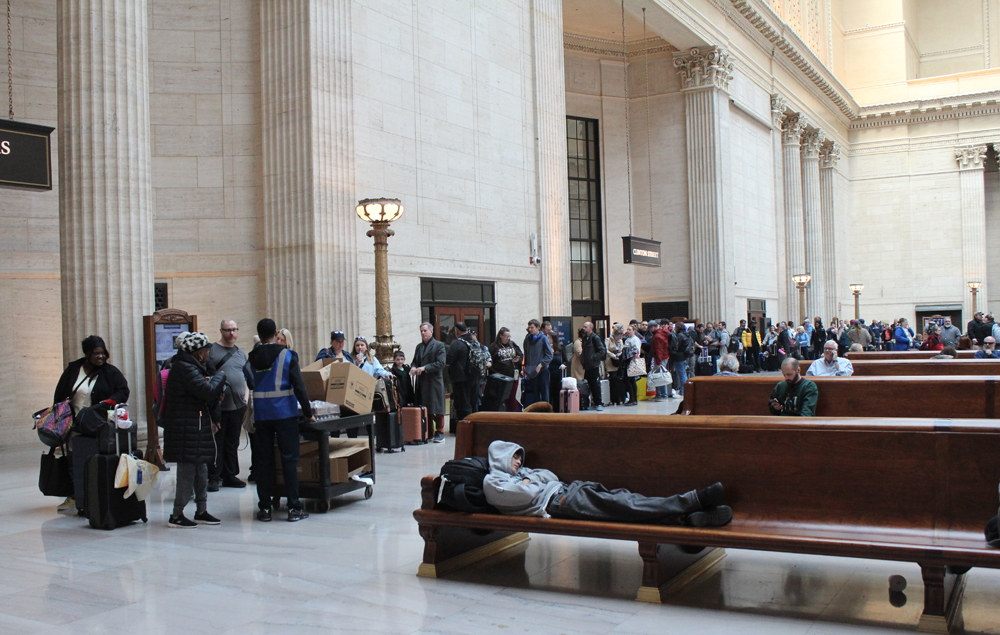
At Chicago Union Station this afternoon, passengers expecting to board one of the cancelled Hiawatha trains were directed to a “bus coordinator” for information, then lined up inside the station’s Great Hall before boarding buses waiting outside on Jackson Boulevard.
While some internet discussion of the situation has indicated a Federal Railroad Administration order was involved, the removal of the cars from service was an Amtrak decision, an FRA spokesman told News Wire. An Alstom spokesman said the company is referring all questions to Amtrak.
— Updated at 12:25 p.m. CT with number of cars involved; updated at 12:36 p.m. with information from Washington State Department of Transportation. Revised to reflect later information at 12:53 p.m. Updated with new photos and additional information at 4:48 p.m. Updated March 28 at 7:40 p.m. CT with NJ Transit comment. Correspondent Bob Johnston contributed to this report.
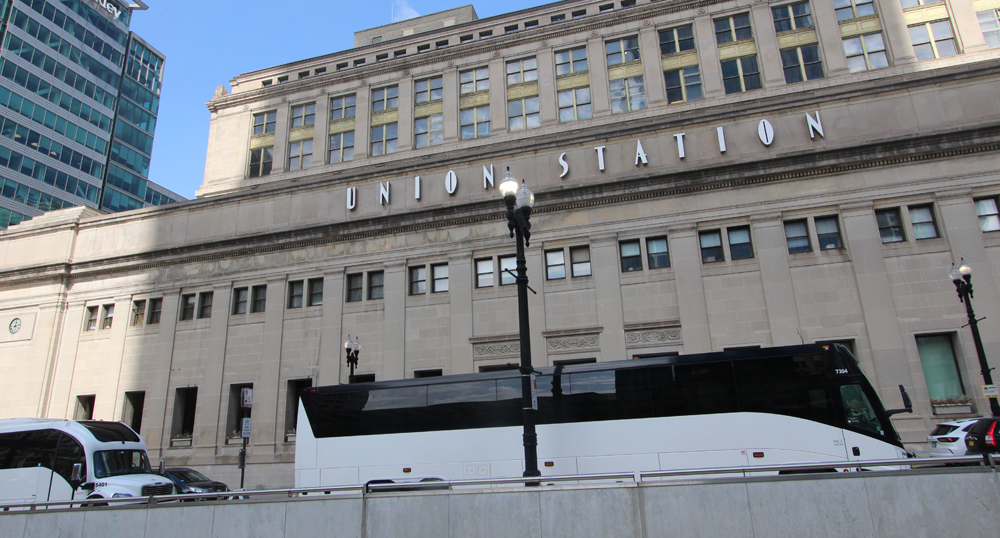






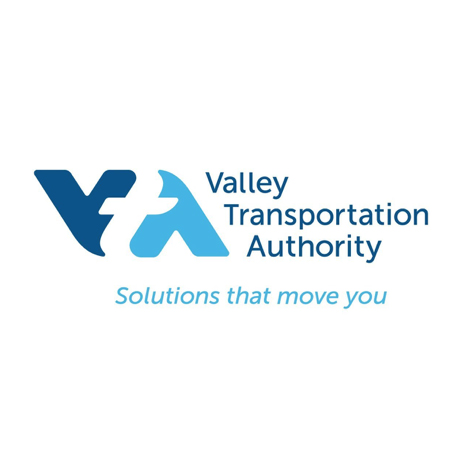
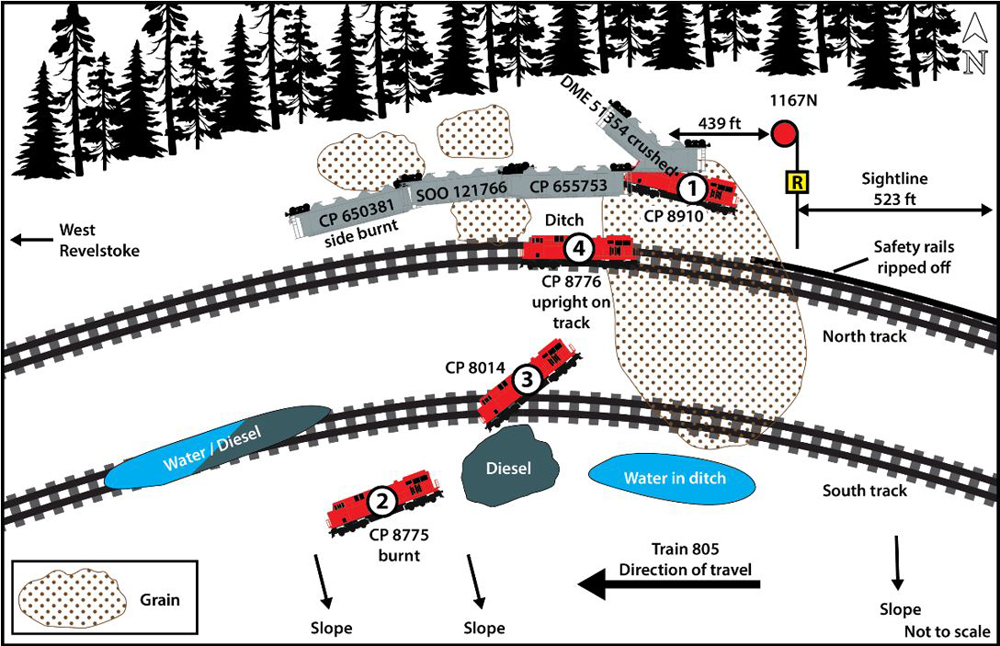
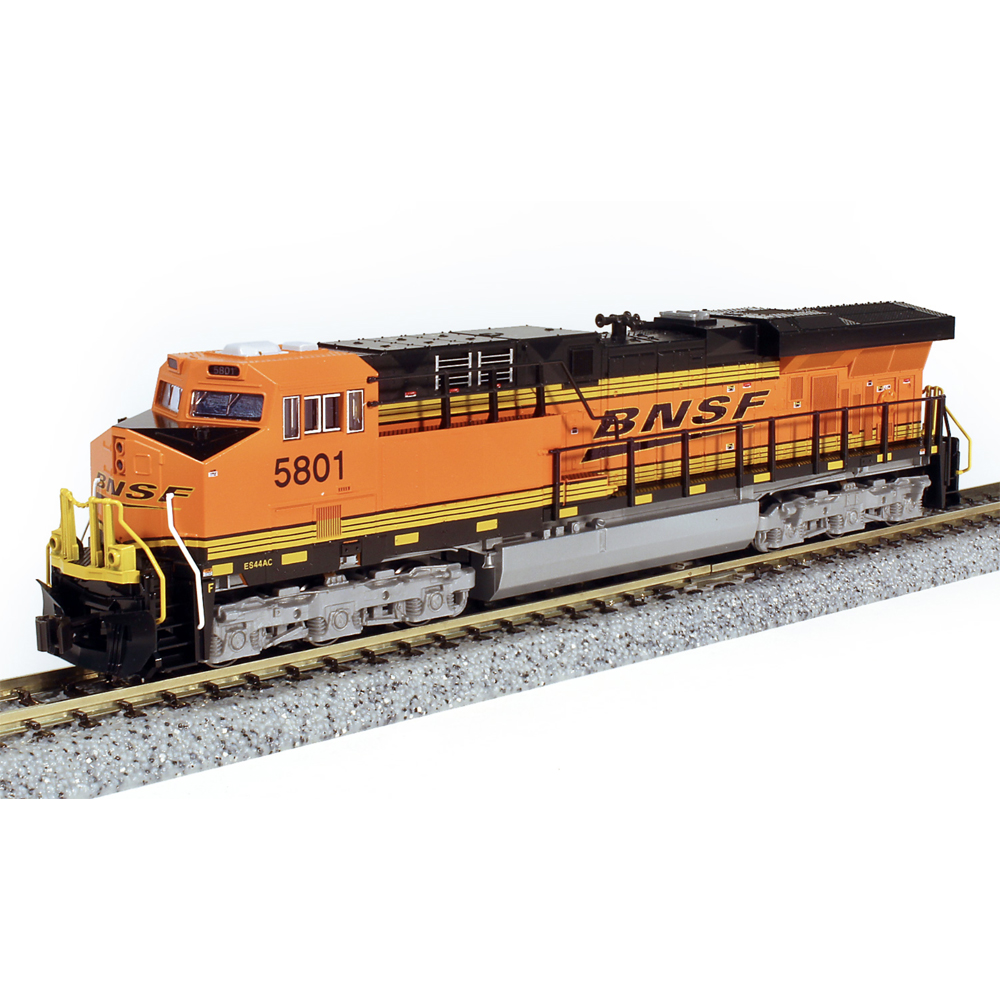
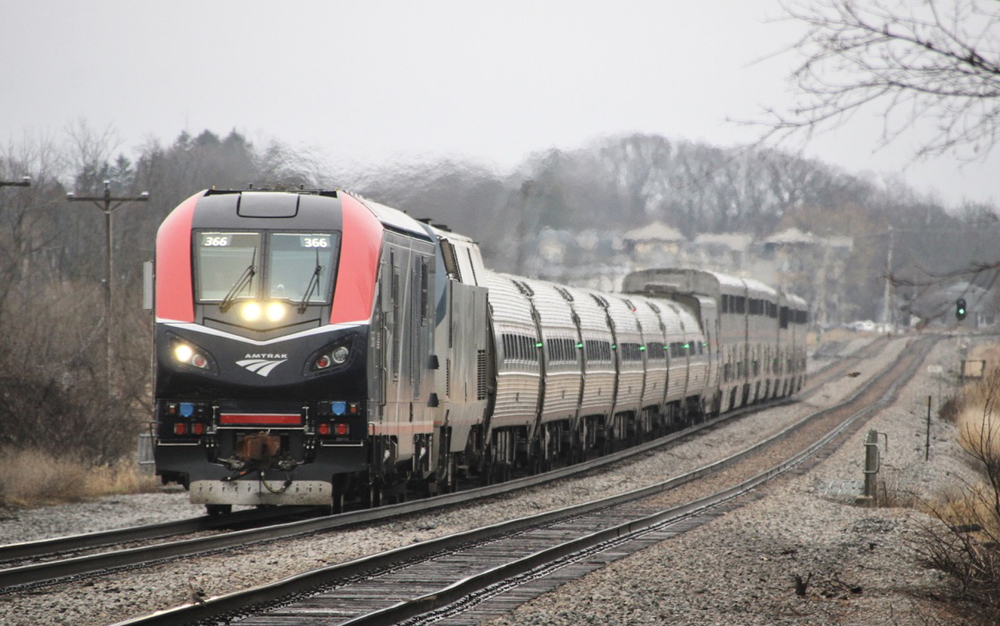
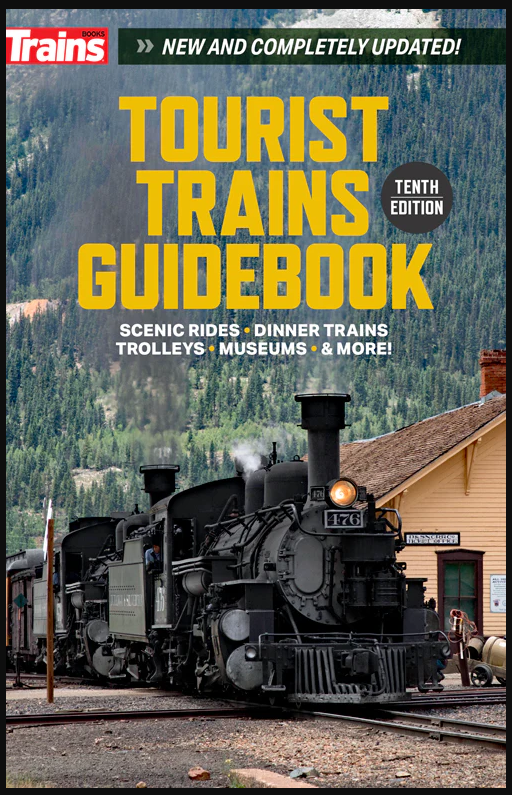
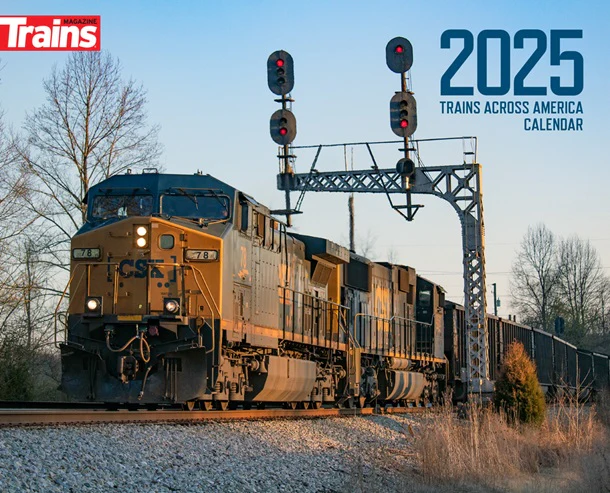
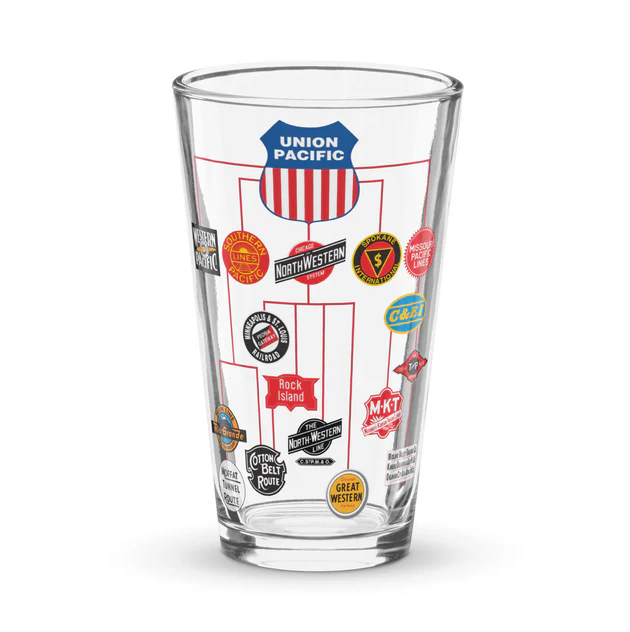
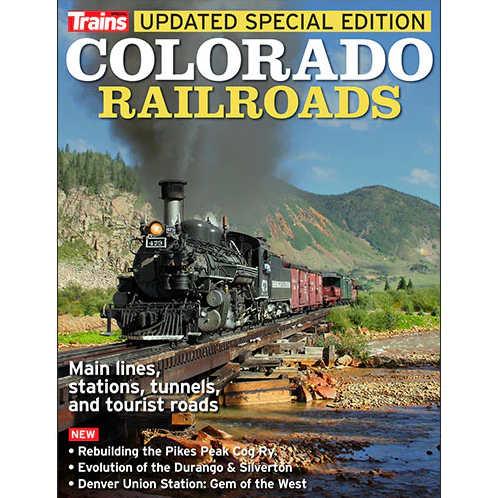
Is anyone out there driving their 1988 Plymouth horizon, how long do you expect these cars to last?
Bad timing for Amtrak in an unfortunate sense! VaporRail on the Corridor don’t help either. Speaking of Rust don’t have any Alec Baldwin ads!
But now I know who took off the overnight train to Philly and DC I could’ve given much business.
Here is a suggestion: connect management bonuses to train cancellations due to maintenance issues. After all, equipment readiness should be priority, and if equipment is not ready, you are not doing your job. Can Amtrak be any more irrelevant to the traveling public?
The article says, “the Horizon cars have end vestibules while the commuter cars use a center door for entry and exit.”
The original P-S order and the Bombardier Comet cars all have end doors with steps and traps while some later cars have center doors without steps for high-level platforms only.
is there anyone on the AMTRAK board or its underling management that has ANY rail experience? Or are they all like Mayor Pete?
Unclotto
To solve alot of these on-going issues, why not utilize BOFC to maintain capacity? Buses On Flat Cars. Just say’in.
Andy, I’ve actually ridden a bus-on-flatcar . . . under the channel tunnel between England and France. I was bound from London to Paris — the cheap way. The experience was interesting because it “felt” like a train, with all the right side to side motions . . . yet I was most definitely on a bus, with all its cramped quarters.
Christopher
There might be some surplus cars in Calif due to the recent purchase of MU equipment to run on the newly electrified SF to SJ route. Might help in a pinch.
This problem has been known since at least 1960 after some roads with carbon steel structures and stainless sheathing found electrolysis-based corrosion requiring the sheathing be replaced or reattached. This would be ANY P-S or ACF car with stainless sides. PRR’s P85b 44-seat coaches of 1949 (not stainless) had to be scrapped account corrosion between different types of steel.
Budd stainless cars did not have this problem; Amfleet should be good to go. Hyundae-Rotem built stainless MU cars for SEPTA and Denver which are good. They also have steps and doors between the trucks, like a Subway Car, which precludes crew from dumping rock salt on theend platforms, draft gear and its attachments, couplers and frames. Rock salt is an outstanding corrosive agent.
The Superliner cars are as old as (or older) than the Horizon cars and I am unaware of any corrosion problems. Must have been the stainless steel they were built with. The Heritage cars that lasted until just recently were also made with stainless steel rather than carbon steel. Heritage cars built with carbon steel went out of service a while ago.
From this point on, Amtrak must not allow even the slightest disruption in the launch of its ambitious new generation Airo train sets.
Dr. Güntürk Üstün
Have all the bus service replacements been top notch equipment? Maybe some questions of the drivers to find out how long they knew they were being called out.
It seems improbable that this removal of the Horizons was not planned several days in the past.
The removal was very sudden, but so was the removal of most of Sounder’s cars from service a few weeks ago…and that was also the result of an Amtrak maintenance foul-up. It took a while for all of those cars to re-enter service, and I’m not 100% sure they all have. Hopefully Amtrak is able to move faster with the Horizons.
Unfortunately, annoying and thought-provoking news continues to come from the Amtrak front…
Dr. Güntürk Üstün
We need to break Amtrak up into manageable pieces. Amtrak is to big for its own good it needs to be split up. This is a failure of Amtrak to maintain their equipment in good order.
OK, so splitting up Amtrak into several underfunded, competing pieces will fix this and other related problems how, again? Oh, and which one of these underfunded pieces will be responsible for fixing the backlog of bad-order rolling stock piled up in Beech Grove?
(Hint: None of them…)
Methinks your proposal needs a bit of rehearsal.
Amtrak REALLY IS TOO BIG to effectively manage all of the moving parts. It should split into TWO SEPARATE OPERATING ENTITIES….ONE DIVISION all Corridor/Regional Trains -and- ONE DIVISION for all Long-Distance Trains. Each could focus on their specific operations, on-board services, equipment and marketing, needed to optimize their respective potential for their respective services. Other functions like payroll, procurement contracts, labor contracts, human resources functions, etc., could remain a part of the central Corporate Headquarters. Technically, the current Amtrak System is a monopoly and, as such, it is not a nimble and flexible operation. Move Amtrak Corporate out of Washington, DC and centralize it’s function at Chicago Union Station, with the Long-Distance Division and and Corridor/Regional Division sharing separate floors in Chicago Union Station.
Having worked on Piper general aviation planes as well as a 1948 ACF steel frame/24ST aluminum body ex-IGN/MoPac/IC grill coach, aluminum and steel fastened together with water added is a low grade battery. You can keep things under control for awhile with good corrosion protection and regular maintenance, but once the rust or corrosion starts it’s a lot of metal to replace.
“RUST NEVER SLEEPS”
Dr. Güntürk Üstün
Thank goodness that North Carolina owns our own cars for the Piedmont services, as old as they are.
Maybe North Carolina will take this as a lesson. Keep these old cars when they get delivery of the new ones.
Maybe it’s all part of a bigger plan to choke off of Amtrak outside of the NEC and Gardner didn’t want to be a part of it. First, they sideline the Horizon cars. Next it COULD be the older Amfleet and/or Superliner cars where problems could be “discovered.” The few trains that survive will be the new Acela and (when they work) the Siemens Venture fleets. Cancelled trains everywhere to the point where people simply get frustrated and drive or fly.
Mr. Gardner was one of several recent CEOs and top-level executives who deliberately chose to down-grade the long-distance routes by (1) reducing the number of coaches and sleepers, (2) eliminating dining cars and lounge cars, (3) prohibiting coach passengers from paying for and enjoying full meals in dining cars on the few trains operating with them, etc. Mr. Gardner was part of corporate level Amtrak management that chose to deliberately park dozens of diners, lounges, sleepers and coaches and deliberately chose to not repair cars, so he and his fellow executives could collect their millions of dollars worth of bonuses! Just imagine how many cars could have been repaired with the millions Mr. Gardner, and others, have been paid over the years!
A short-term, quick fix would be to pull one (1) coach from the two dozen NEC Amfleet train sets, grab a few spare cafes from Bear Shop or Beech Grove Shop, and get enough equipment to operate the BOREALIS, HIAWATHA and CASCADE trains. The NEC has dozens of 7-car and 8-car consists plying the Corridor. Dropping a coach from each NEC regional train still leaves dozens of multi-car departures for NEC passengers to chose from, while rushing critical cars to routes that operate only a couple of trains each day.
Did Gardner have a notion that this was coming down the tracks? Would this now reduce any dismissal or resignation departure payments?
Time to remove all axel count cars from any trains making them slower enroute times. Place axel counts onto some of the Horizon removed trains.
Once again, the lack of surge fleet capacity is biting Amtrak on the behind.
Southern Railway’s streamlined Washington – Memphis ‘Tennessean’ had its 1941 stainless steel Pullman-Standard coaches, diners, and lounge cars replaced with heavyweight equipment through the early 1950s due to corrosion. The newer 1949 and 1950 Pullman-Standard sleeping cars were the remaining stainless steel equipment along with the 1941 RPO-baggage cars. The train was reduced to secondary status with high headend ratio by the late 1950s and 60s.
I bet now they wished they bought those new Talgos. One existing set is still out of service due to tree strike damage and is reparable.
This is a terrible example of the consequences of deferred maintenance. It is absurd that this was not picked up long ago, even though until fairly recently much of the Horizon Fleet had been in (careless/inattentive) storage. Rust is a well-known issue with post WWII Pullman-built cars with Core Ten steel used in car-sides and flooring support. It is fixable, but not overnight, as the rust-impacted panels must often be fully replaced. But this seems to suggest rust in truly critical areas like floors and ?
Horizon cars were an Amtrak adaptation with reclining seats by Bombardier (circa 1989-1994) of a Pullman design–originally for the Comet 1 NJ Transit commuter cars–first built to replace the 1915-1920s Stillwell coaches then used on local trains over former diesel powered ex-Erie Lackawanna lines. The cars were given their final assembly here in Vermont at the Bombardier Barre plant, which also completed the Acela fleet and the Superliner II order.
Amtrak has now, by its failure to do proper maintenance, devastated three very successful routes–the new BOREALIS, the DOWNEASTER and the (until today) explosively growing PNW network of CASCADES trains. In so doing it has undermined states that have long supported Amtrak–Maine, Illinois, Wisconsin, Minnesota, Oregon and Washington. This is the incarnation of the maxim that if you don’t fix stuff until it breaks eventually everything will break and always at the worst possible time.
These trains are exactly the sort of Regional corridor services that Amtrak supposedly wishes to encourage. And of course this is (im)perfectly timed just as DOGE hovers waiting to assault Amtrak. “Cry the beloved country”!
Are you saying Horizon cars are Corten steel in part?
In 1998, a Corten steel light pole (only a few years old) on Hwy IH 894 in West Allis, Wisconsin, disintegrated and fell onto the freeway. Subsequently the other Corten (or ASTM A588) light poles were found to be corroded and were removed. WisDOT banned any further purchases of Corten.
A588 remained on the market and at least one (that I know of) state highway department continued to buy it. It was explained that Corten is okay if it drains and ventilates. It fails if it remains soaked. The manufacturer’s product literature said as much. Actually that is valid, if you want to stake your life on the hope that the fabrication is properly drained and ventilated, and always will be.
Railroads, like highway departments, have had plenty of warning. A588 is not a recent development and its properties have been known for a long time.
In the interest of fairness I need to correct my earlier post on where the rust/corrosion seems to be on the Horizons. Thanks to fellow advocate Bob Moen for the correction. The corrected version is below.
Update: It has been brought to my attention by advocacy colleague Bob Moen that the problem with these cars, known to Amtrak some years ago, was not sidewall rust, but rather (quoting Bob’s note) “corrosion due to electrolysis where the aluminum comes in contact with steel”. The cars have primarily aluminum bodies, with the center sill, body bolster, coupler pocket and the crash posts made of steel. I apologize for mt error!I have corrected my remarks below–but note I stand by my warnings and discontent expressed here.
*********************************************************
Amtrak has just withdrawn the entire Horizon Fleet from service due to corrosion issues. This is a terrible example of the consequences of deferred maintenance. It is absurd that this was not picked up long ago, even though until fairly recently much of the Horizon Fleet had been in (careless/inattentive) storage. Rust was a well-known issue with post WWII Pullman-built/designed cars, and apparently the Horizons, even though primarily built from aluminum, were subject to corrosion due to electrolysis where the aluminum comes in contact with steel. It is fixable, but not overnight. But this seems to suggest corrosion in truly critical areas like floors and ? ?
Horizon cars were an Amtrak adaptation with reclining seats by Bombardier (circa 1989-1994) of a Pullman design–originally for the Comet 1 NJ Transit commuter cars–first built to replace the 1915-1920s Stillwell coaches then used on local trains over former diesel powered ex-Erie Lackawanna lines. The cars were given their final assembly here in Vermont at the Bombardier Barre plant, which also completed the Acela fleet and the Superliner II order.
Amtrak has now, by its failure to do proper maintenance, devastated three very successful routes–the new BOREALIS, the DOWNEASTER and the (until today) explosively growing PNW network of CASCADES trains. In so doing it has undermined states that have long supported Amtrak–Maine, Illinois, Wisconsin, Minnesota, Oregon and Washington. This is the incarnation of the maxim that if you don’t fix stuff until it breaks eventually everything will break and always at the worst possible time.
These trains are exactly the sort of Regional corridor services that Amtrak supposedly wishes to encourage. And of course this is (im)perfectly timed just as DOGE hovers waiting to assault Amtrak. “Cry the beloved country”!
Okay, no Corten (on the Horizons). But Corten had been used (earlier) on railcars. Supposedly b/c it doesn’t rust. Maybe doesn’t rust but it does disintegrate.
Three of those affected trains are the only three Amtrak trains I have ridden in the past many years: Borealis, Hiawatha and Cascade.
Hardly matters though, to most people. The percentage of Americans that ride Amtrak in any given year could pretty much be counted on my two fingers as a two-fingered typist.